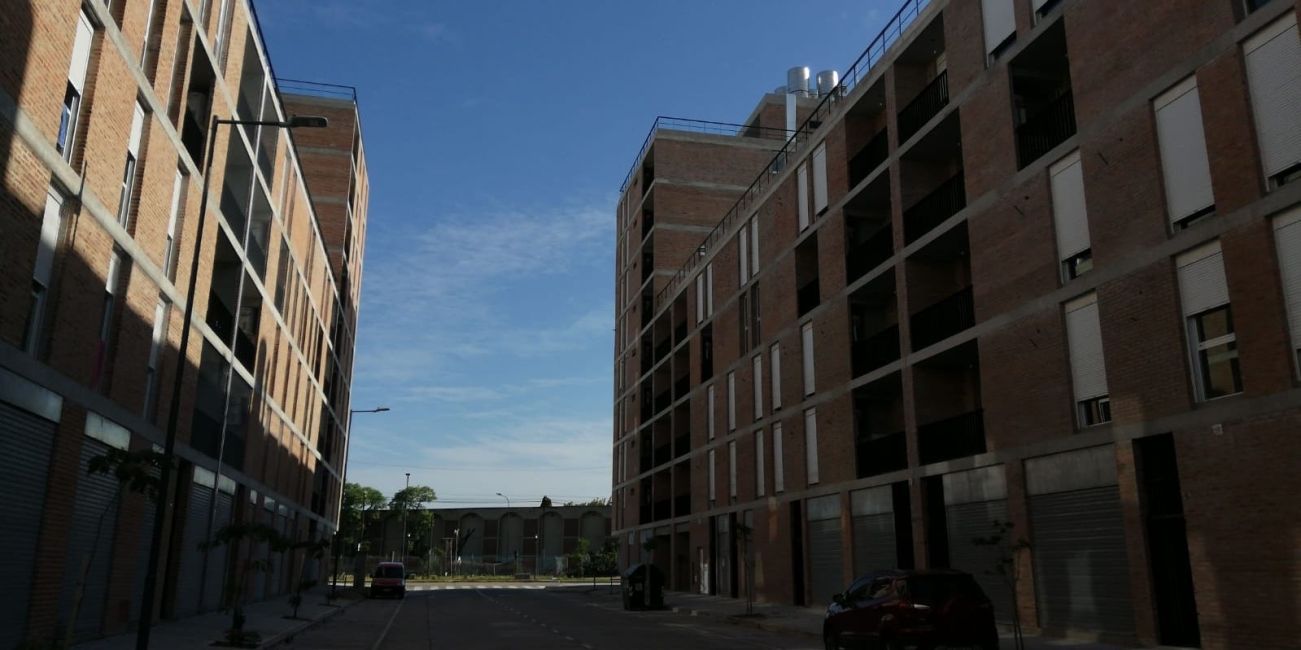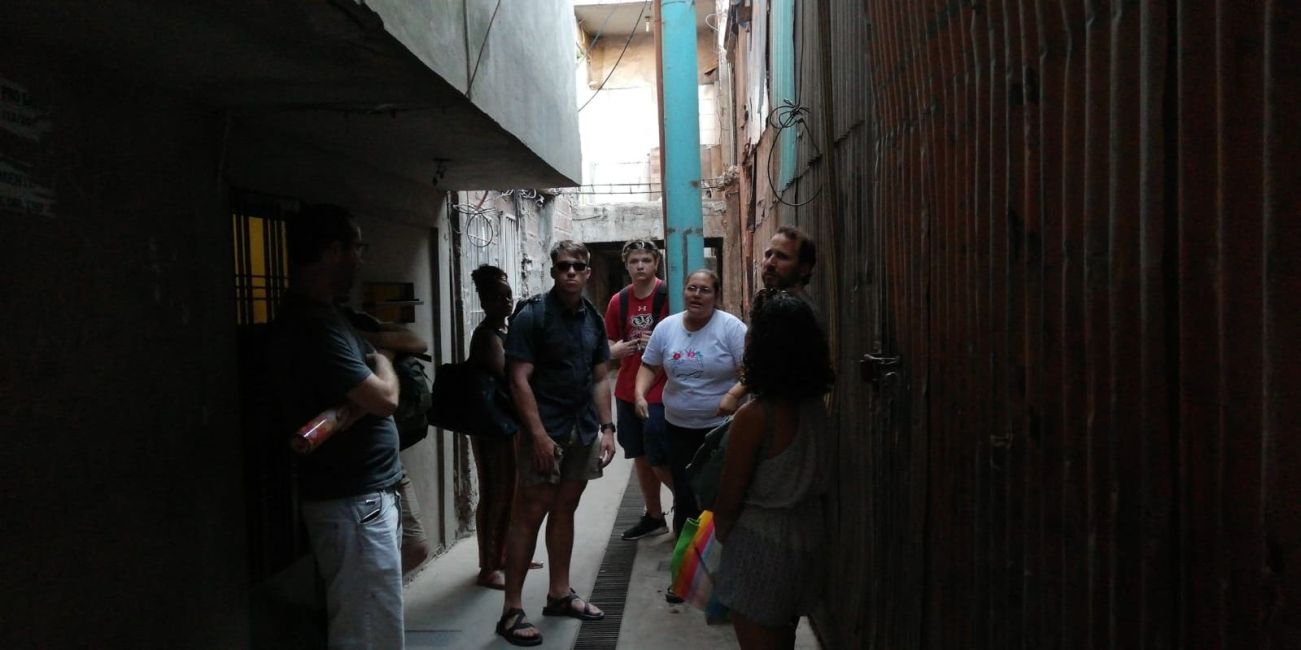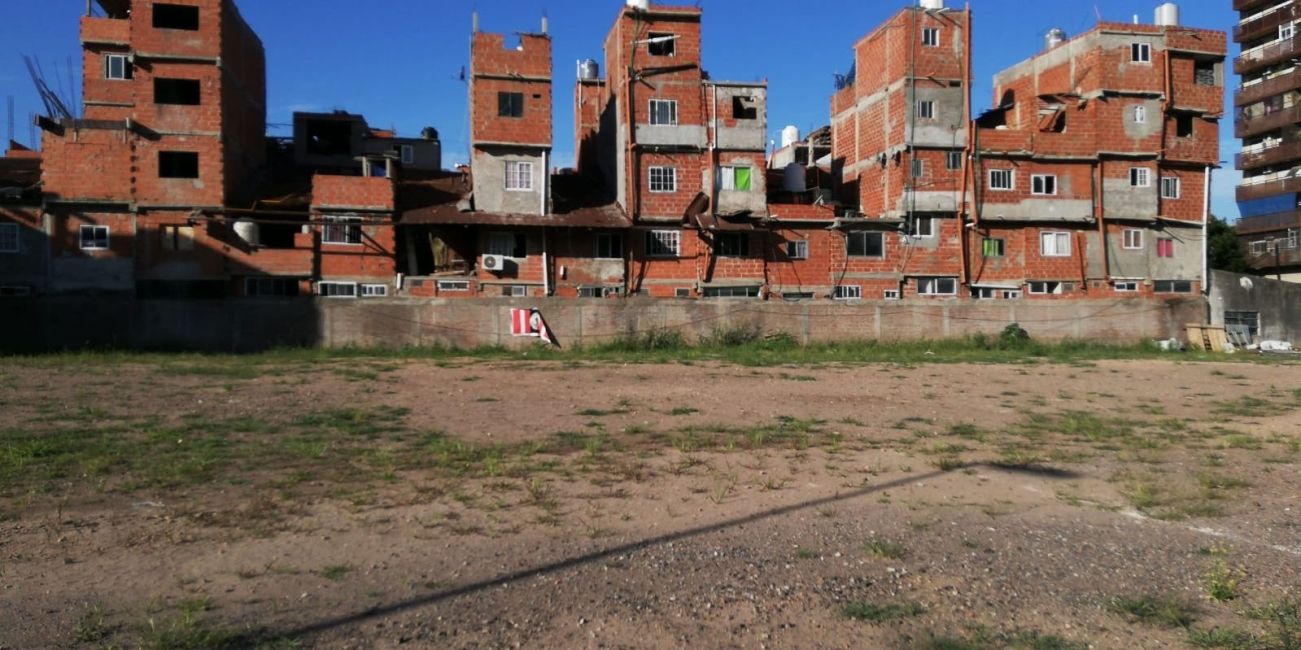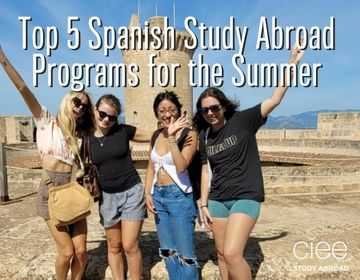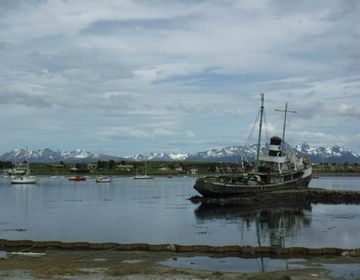Exploring Villa Fraga Neighborhood
Visit to Villa Fraga Neighbourhood
By Professors Pablo Forte, Ezequiel Filgueira Risso and Iván Greco
The City of Buenos Aires is known for its cultural diversity. During the Sustainability and The Anthropocene course, in the J term , we sought to explore aspects of the city with a new prism. The diversity of backgrounds within the group of students made exploring Buenos Aires turned out as an adventure that allowed the emergence of multiple views and interpretations.
This time our visit was to an “informal” neighborhood of the city, which is in the process of urbanization. Villa Fraga, in Chacarita is part of the 15th commune of Buenos Aires. Due to its informal aspects, this neighborhood is commonly referred to as a “slum” (or Villa in Spanish). Villa Fraga was built by the neighbors at the beginning of the 21st century, at which time Argentina had a social outbreak derived from a political and economic crisis. Occupying idle grounds of the Urquiza Railroad, over time the neighborhood became a community of 4000 thousand people, many of which have their roots in rural sectors of Argentina and neighbor countries in the region.
Georgi, who lives there and who remembers very well the times when the neighborhood was born, invited us to explore the place that saw her grow. Something interesting to note is that Georgi's father lives in the U.S., since he emigrated there more than 30 years ago…
The visit gave another sense to our exploration of the global anthropogenic impacts that have been accelerating since midXX century in our planet; aspects that we discussed throughout these 3 weeks. Themes discussed in the classroom such as globalization, migrations to cities, inequality and also cultural diversity were some of the points we analyze, and students consider valuable. As they put it “…access to a neighborhood of these characteristics is not something they would have planned for ourselves during our stay”.
Georgi walked us to the entrance of the neighborhood, where we said goodbye to her. When we were all heading back to “the formal city,” the students were thoughtful. Unanimously, and still with their brains in motion by the community dynamics they had just witnessed, they commented to us that, “in order to contribute to the necessary changes to transition to a sustainable world, one must understand different realities in different parts of the world”. Our hope is that these visits, where students can start deconstructing the visions that are usually held about neighborhoods like Villa Fraga, point in that direction.
Related Posts
Top 5 Spanish Study Abroad Programs for the Summer
Summer school hasn’t always sounded the most appealing. But you’re probably thinking about it the old way: Stuck in a boring classroom while wishing you were doing anything else. Think... keep reading
Traveling to Patagonia While Abroad in Buenos Aires
By: Liliana Micera Studying abroad in Buenos Aires has been incredible, but once my classes ended I fled the city for the nature of Argentina’s south. I cannot recommend traveling... keep reading
Portuguese vs. Spanish Language: Key Differences & Similarities
Olá! ¡Hola! Torn between learning Portuguese vs. Spanish while studying abroad? You're not alone. These two languages are like siblings – similar in some ways, totally different in others. Whether... keep reading
